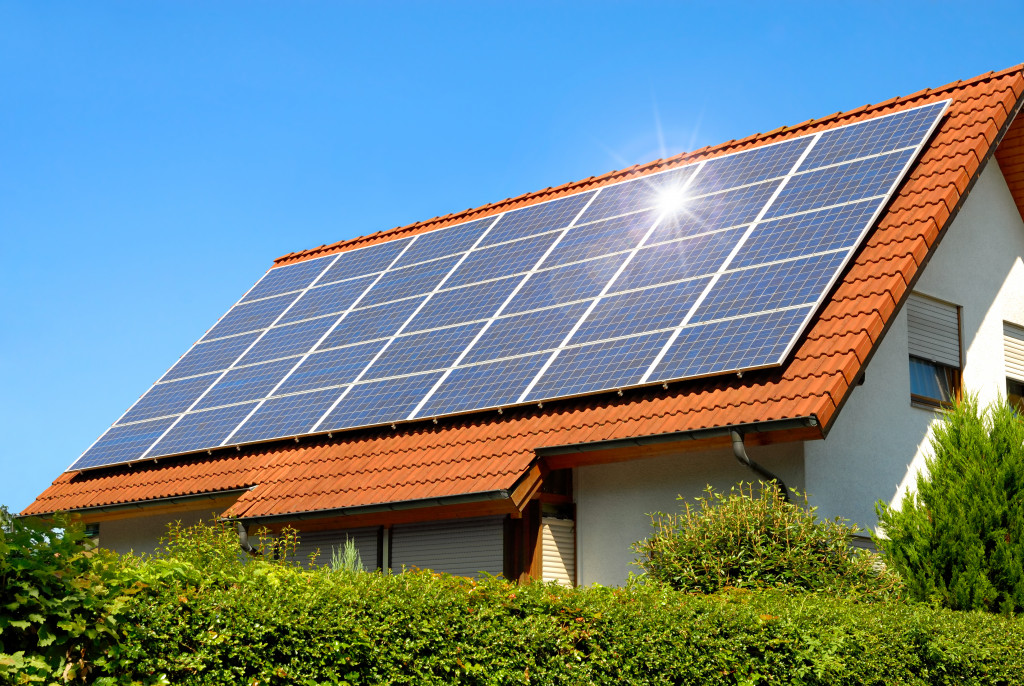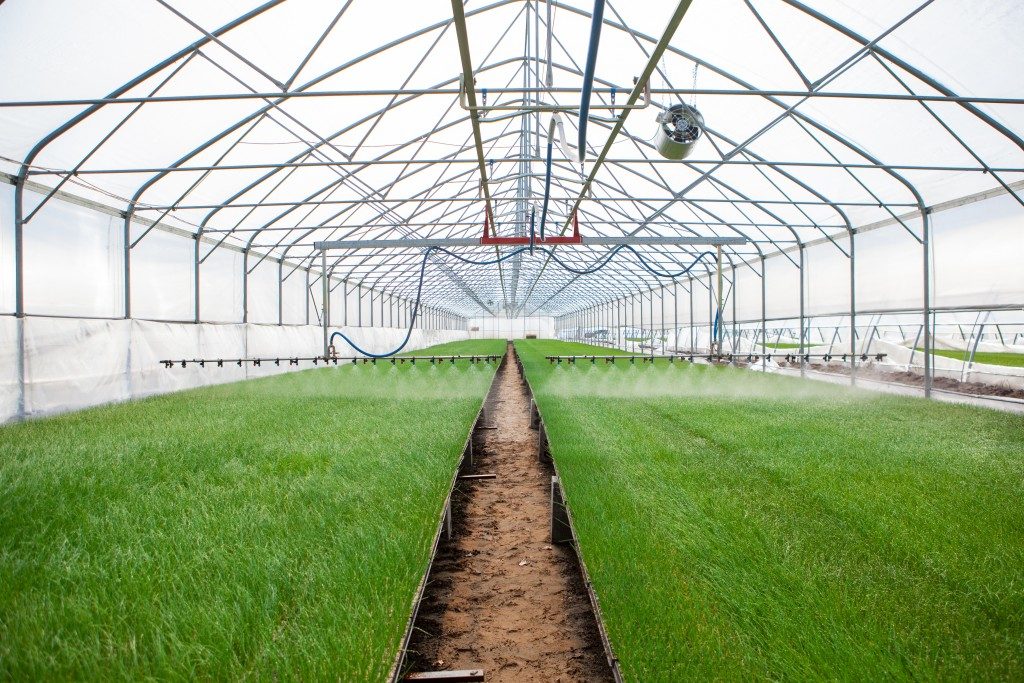Sustainable homes are becoming more popular as people become more conscientious about their impact on the environment. Building one from scratch can seem daunting, but it can be an enriching experience with the proper planning and execution. Here are some tips to help you get started:
1. Plan your project carefully.
This is an essential step, as it will dictate everything that follows. Make sure to consider all of the factors that will affect your build, such as the climate, the local resources available, and your budget.
You’ll also want to consider the long-term sustainability of your home, so think about things like energy efficiency and water conservation.
2. Find land that is suitable for building.
If you’re building on land you already own, this will be much easier than purchasing a plot specifically for your sustainable home. You can check with local zoning laws to make sure that you comply with any restrictions and start building with your contractor right away.
However, if you need to buy land, find a large enough property to support your project, one with good access to water and sunlight. Consider working with reliable mortgage lenders to help you secure financing for this task.
3. Choose suitable sustainable materials.
Depending on your budget, you may need to be selective about which types of sustainable materials you choose for your home. Many different options are available, such as recycled wood, bio-based insulation, and natural paints. Look into the various options and decide which ones best fit your needs.
Make sure to research the environmental impact of all the materials you use. This will help you make the most responsible choices for your build. Different materials have different effects, so it’s essential to be informed before making any decisions.
4. Work with a reputable contractor.
Finding skilled contractors who share your vision for a sustainable home can be challenging, but it’s worth the effort. Once you’ve found a few contractors who seem like a good fit, get quotes from each and choose the one you feel most comfortable with.
Make sure that they have experience building sustainable homes and understand your specific goals for the project. By doing so, your house will be as energy-efficient and eco-friendly as possible.
5. Create a timeline.
Even if you have a lot of experience with building and construction, it’s a good idea to create a detailed timeline for your project. This will help ensure that you stay on track and meet all of your deadlines. It will also allow you to identify any potential risks or problems that could affect the project more easily.
6. Consider your options for renewable energy.
There are many different ways you can add renewable energy to your sustainable home. Some examples include solar panels, wind turbines, and geothermal heating.
Again, your budget will play a role in which options are available to you. You may also be eligible for government grants or rebates if you use certain types of sustainable energy.

7. Don’t forget about water conservation.
One of the most important aspects of sustainability is water conservation. Especially during the construction period, you will need to think carefully about how much water your home uses.
You may want to install low-flow faucets and toilets, use drought-tolerant landscaping, or collect rainwater for irrigation. These are just a few of the many ways you can save water.
8. Take steps to keep your home sustainable.
Once your house is built, it’s important to take measures to maintain its sustainability over the long term. This can include installing energy-efficient appliances, using eco-friendly cleaning products, and reducing your reliance on fossil fuels. Maintaining a sustainable home takes effort, but it’s worth it for the environment’s sake.
9. Be prepared for challenges.
When building a sustainable home, it’s essential to be prepared for challenges. There may be difficulties finding the right materials, negotiating with contractors, or staying within your budget. However, by preparing for these challenges and working hard to overcome them, you can create a truly sustainable and eco-friendly home.
10. Take pride in your home.
Above all, be proud of the work that you’ve done to create a sustainable home. Your house will be a testament to your commitment to protecting the environment, and it will serve as an inspiration for others who are interested in sustainable living. After building your home successfully, try to share your knowledge with others and help them learn more about what it takes to build a sustainable home.
Building a sustainable home from scratch can be an incredibly rewarding experience. As long as you do your research and take the time to plan out everything, you can have a home that is both beautiful and eco-friendly. By following these tips, you are sure to have a successful build.

